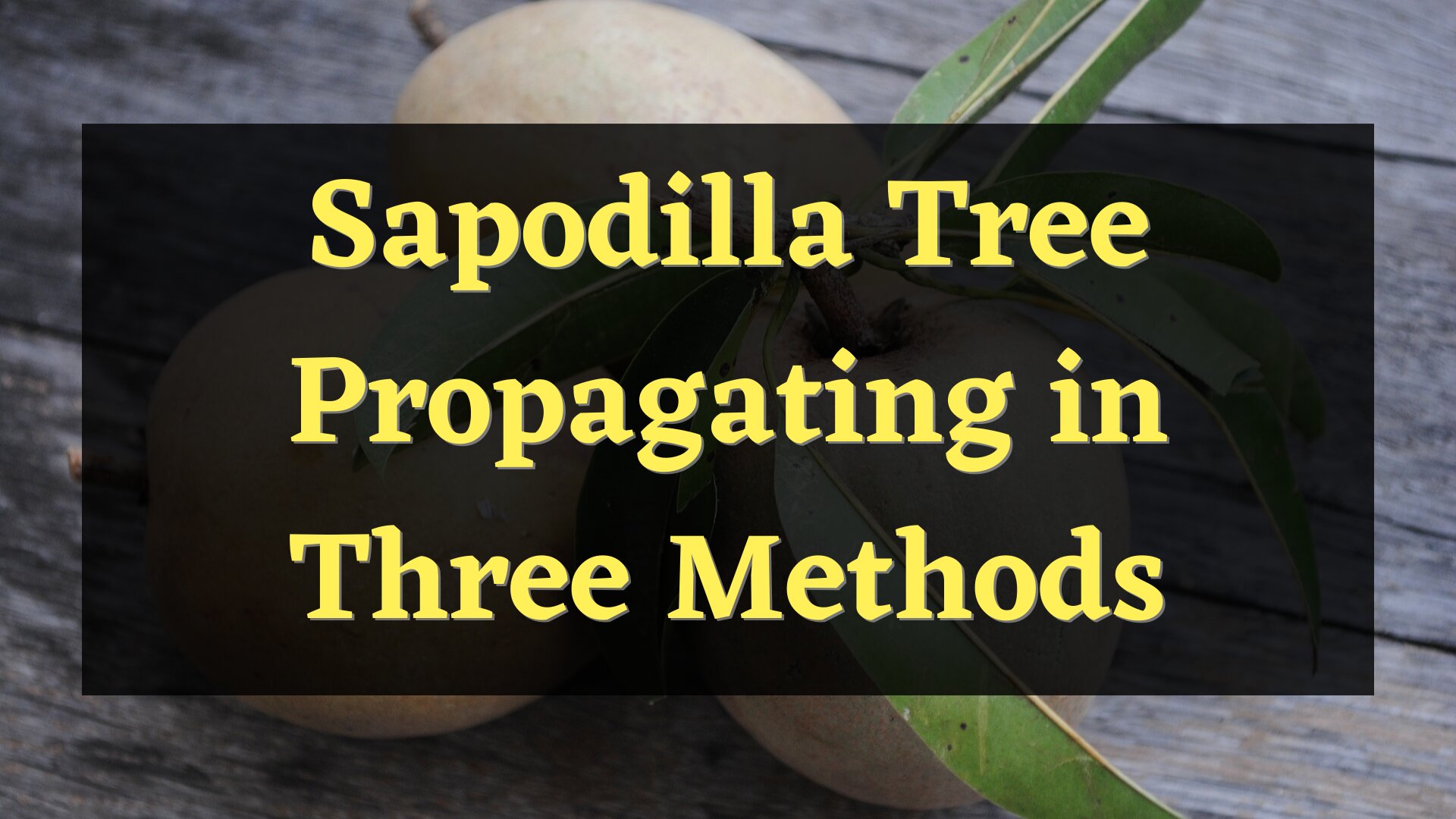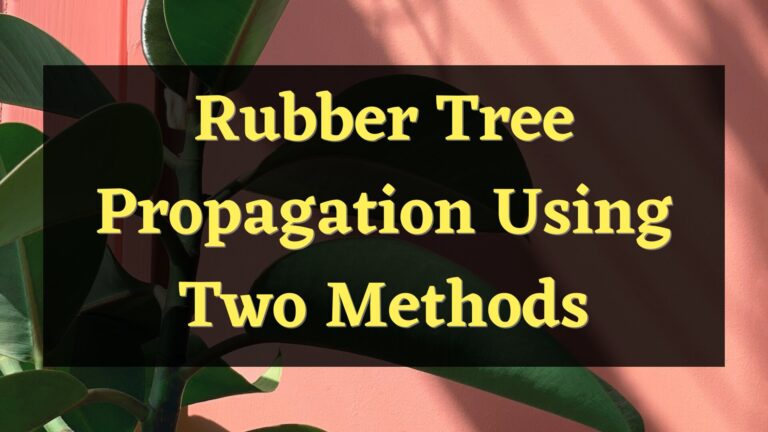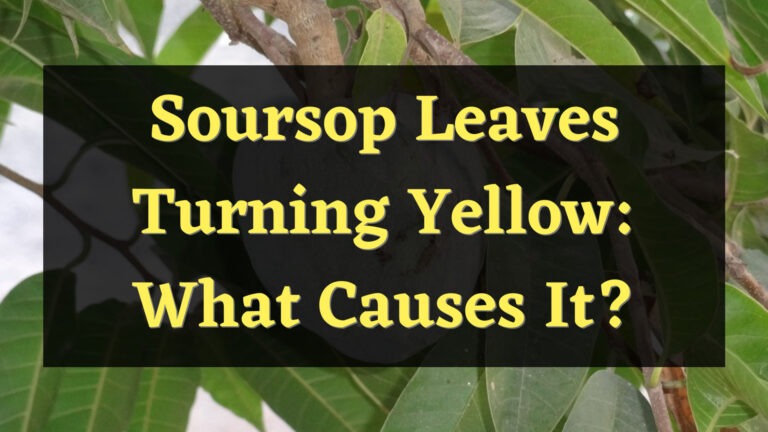There are three different ways to propagate a sapodilla tree; grafting, air layering, and sowing seeds. However, under the grafting method, there are a lot of different grafting varieties that you can use if you want to try growing a sapodilla tree. In addition to explaining each method, I will also provide you with general information about the sapodilla tree.
About Sapodilla Tree
Sapodilla has the scientific name of Manilkara zapota and is commonly known as sapodilla, sapote, naseberry, nispero, and chicle. This tree is native to the southern parts of Mexico and Central America, sapodilla is also famous and grown in the Caribbean. Sapodilla trees have a long lifespan and could possibly live close to a century.
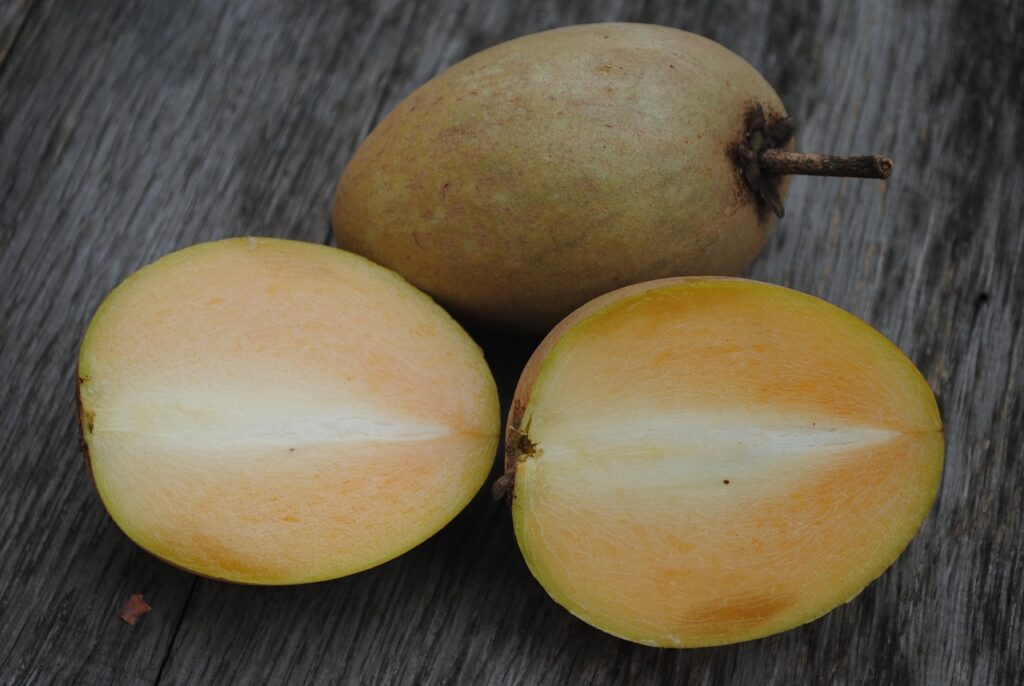
Sapodilla produces a fruit that is a great source of dietary fiber. Sapodilla is mostly cultivated for its fruit. Sapodilla produces fruit that is considered one of the best fruits in Central America. It can be eaten raw, or you can choose to make it into jam, custard, or ice cream. The sapodilla fruit promotes bowel health, controls your blood sugar, and keeps you feeling full for a longer period of time. The fruit is also oftentimes used as a traditional medicine for treating diarrhea, coughs, and colds.
Ways to Propagate a Sapodilla
There are many general techniques or methods used by many cultivators for sapodilla propagation. You can use many types of grafting in trying to propagate one; soft-wood grafting, side veneer grafting, wedge grafting, and inarch grafting.
Although softwood grafting is only used in regions that have moderate temperatures and high humidity that prevent the scion stick from drying up. You can also propagate a sapodilla tree through its seeds or by air layering.
Propagation through grafting
This method is preferably done in February or March. You should select a mother plant – a part of the sapodilla branch that is healthy and vigorous and is between 10 and 15 years old. Make a wedge-shaped cut on the lower part of the scion stick, and then also make a similar cut on the middle portion of the rootstock.
You can then insert the scion stick in the cleft of the rootstock and tie it up with a polythene strip. It takes up to 2 to 3 months for the scion and the stock’s union to take place. However, it is advised that you do not separate the scion from its rootstock for at least 3 to 4 months. During this time, the rootstock should be given an adequate amount of water for its first few weeks until it is separated from its parent plant.
A vigorous sprouting of the scion is a clear sign that the union of the graft joint is successful. Maintain the graft under a shade for some time before transplanting it in the open field.
Propagation through seeds
Sowing a sapodilla seed is very common, but it takes a long time before it can produce fruit. You must have a sapodilla seed prepared to use this method. Crack the seed’s coating before planting to expedite its germination process. Dig a hole that is at least half an inch deep and sow the seeds directly.
Water the seeds regularly throughout their germination process; the seed’s germination usually takes up to 2 to 4 weeks. Once the seedlings outgrow the current pots that they are in, transfer them to another container. When transplanting the sapodilla to its permanent location, make sure that there are no nearby structures, as the mature sapodilla tree can grow up to 60 to 100 feet in size.
Thoroughly water your young sapodilla tree before planting. It is also important that you select a location where it can receive full sunlight and has well-drained soil. Mulch the newly planted sapodilla tree with about 6 inches of wood mulch and water it with about 2 inches of water.
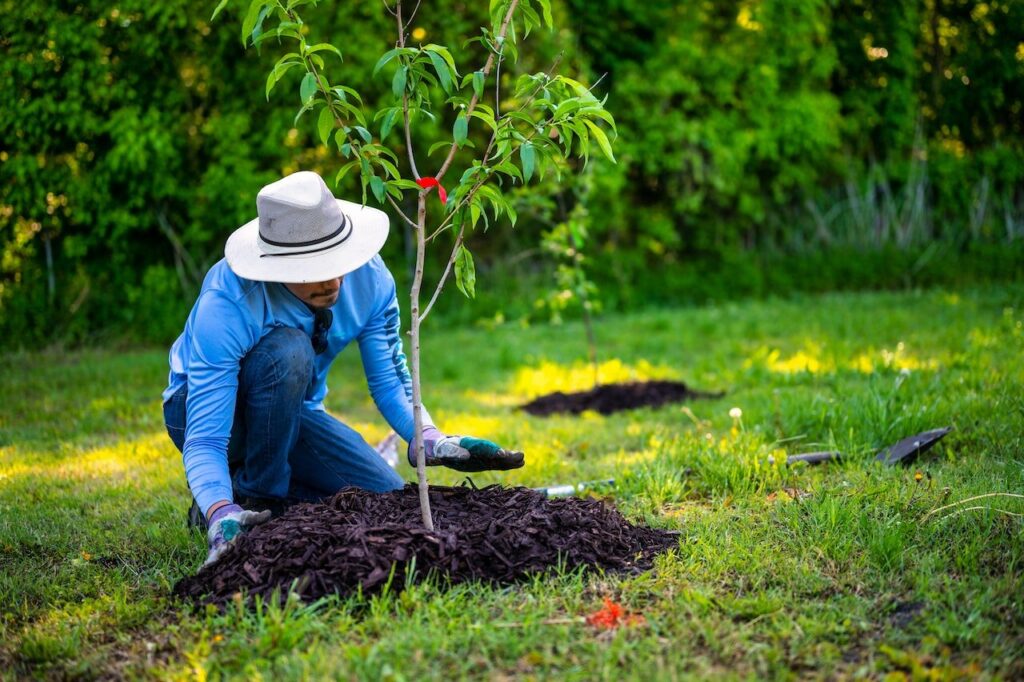
Propagation through air layering
Propagating a sapodilla tree using the air layering method is best done in the month of June. Select a shoot that is 1 to 2 years old and 45 to 60 cm in length. It is also recommended to choose a healthy and vigorous shoot. Cut off the small shoots and leaves that are still attached to your shoot, and do not leave any snags.
Wound the stem about 1 inch deep so that it is angled toward the shoot’s tip, and apply a rooting hormone to the surface of the wound that you’ve created. Apply a small amount of moist sphagnum moss just below the tongue of the shoot’s wound. Wrap the stem section with plastic and seal it at the end with tape.
Leave the wrapping on for about a year, and occasionally check for any signs of rooting. After your shoot has established a strong root system, cut through the stem just below the rooted section and plant your rooted stem in a pot.
Is Sapodilla tree easy to propagate?
Although propagating a sapodilla tree is very easy, the time it takes for it to fully mature takes a long time. From its germination process, it will take at least 5 to 8 years before it fully matures and bears fruits.
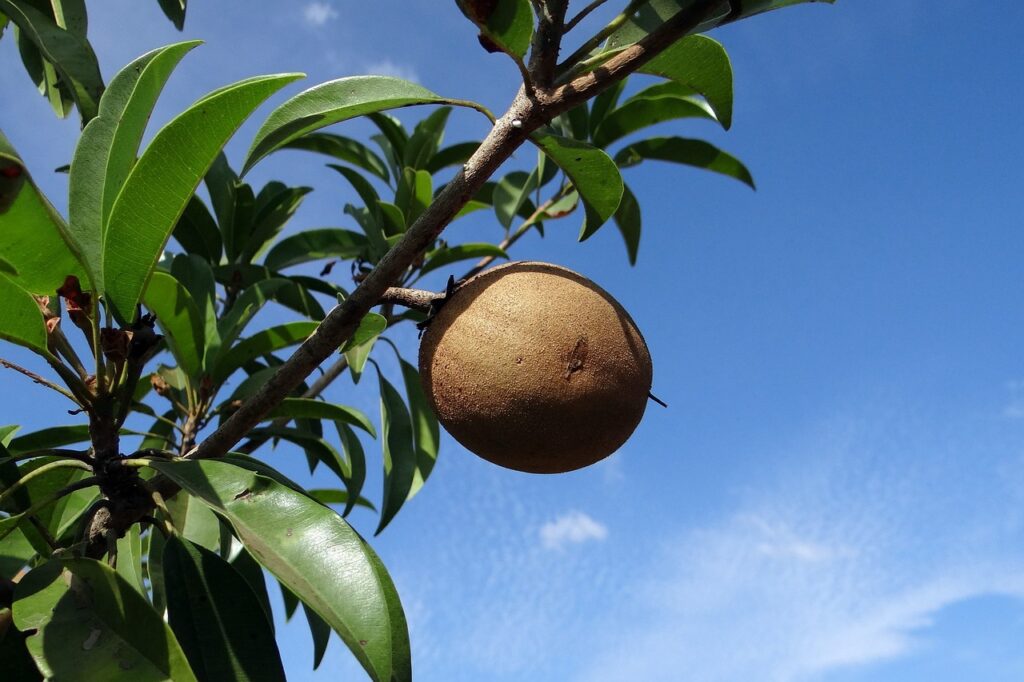
Can you propagate Sapodilla in a pot?
Sapodilla trees can be propagated in containers if the pot has enough space for the tree’s root to be able to freely develop. The pot where you want to propagate your sapodilla tree should have a size of at least 18 to 23 inches in diameter and 20 to 22 inches in depth. It is also recommended that the pot you use has a minimum of three drainage holes at its base.
Conclusion
A Sapodilla tree can be propagated in many different ways. It is very easy to grow, and there are a lot of benefits to cultivating one. Although propagating the tree itself is easy, it takes a lot of patience because it takes several years before a sapodilla tree matures into a state where it can produce fruits. However, once the fruit starts producing fruits, it will make you feel that the years that you’ve spent cultivating your sapodilla tree were worthwhile.

Elizabeth Mcmillan is a passionate gardener with a strong interest in plants. She used to be a teacher, but Elizabeth has spent the last few years immersing herself in the world of plants, learning about their biology and cultural value and trying out different ways of growing them in her own garden. Elizabeth Mcmillan loves indoor plants, succulents, and cacti, and her friends and family know her as a plant care expert.

